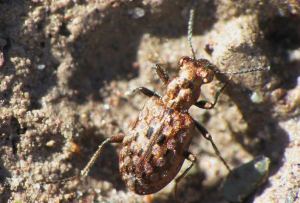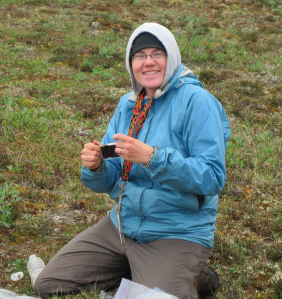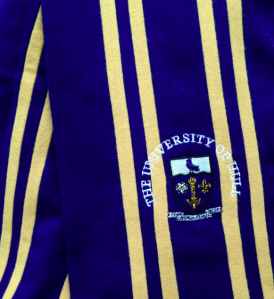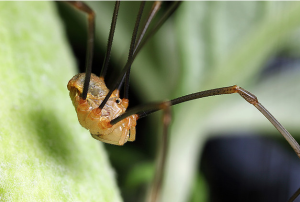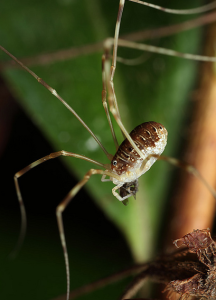I’m starting a new feature on my blog, titled Expiscor. This latin word means to find out, to discover, or ‘fish out’. It also sounds nice, and is a very Harry Potter-ish word - which is fun. It also reflects the process by which I come across great stories each week. Interesting things that reflect my diverse interests, from spiders to the value of higher education, from teaching innovation to music. I will try, each Friday, to provide a summary of the discoveries that I fish out of my week. I will provide a series of short statements and links, with a general focus on biodiversity science, natural history, ecology, Academia, with a dash of the curious and quirky.
I hope you enjoy.
- I’m reading about ‘How to write science’ thanks to this book. FINALLY I have a clear explanation (on page 54) about why it’s not OK to write: “We did this research because little is known on [INSERT TOPIC]”
- Insects are amazing: legless mayflies - from a post by Piotr Naskrecki. As BioInFocus said in a tweet: “Just when I thought insects couldn’t get any weirder“. Indeed.
- Dead whales support a lot of life. Eight new species discovered (including the ‘snotworm‘ - what a name!)
- Sometimes scientists can get snarky - and I just don’t know why. Just have a look at some of the comments in this post. Come on, folks, we’re all in this together. Bottom line: there are a LOT of arthropod species out there, and they deserve attention. I think Bug Girl‘s approach was a good one.
- Spring is arriving in the Montreal area. There were a heck lot of Turkey Vultures flying overhead this week! …run for the hills (or, rather, grab your binoculars)
- My favourite key: I agree with Tom Allen from CBC - on Tuesday, on Shift, he argues the Key of G is “The gallant host. A key shared by all western instruments comfortable to play in for brass, wind and string. Come one come all G Major Welcomes you.”. A great key for Banjo, and I like it a lot for mandolin, too.
- I remain in awe of biology. Here’s a pretty neat video about wasps and spiders.
- Did you know that England lost 11 days in 1752! I learned that crazy little fact in an interesting book I’ve been reading.
- I was so THRILLED that Kim Biddulph from Unpopular science wrote a piece about the Opiliones Project. Lots of great things come from social media!
- And on a lighter note, Coffee = Longer Life? OK! I’m in.
- And on an even lighter note, check out this “flipbook” that is also a Passport. Finland - you win.
- End with an Endling. A word I learned this week - it means an individual that represents the last of its species. (thanks to Lucas Brouwers for tweeting about that sad word)
